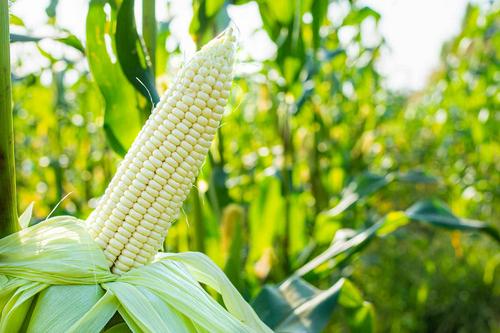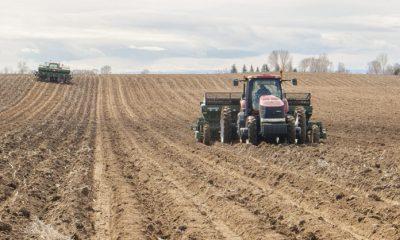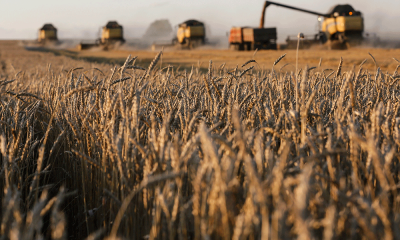Business
What’s Behind the Sudden Maize Price Spike in South Africa? Don’t Panic Just Yet

If you’ve been keeping an eye on South Africa’s maize market, you probably noticed an unexpected jump in prices on 22 April 2025. The yellow maize spot price closed at R6 000 per ton, up by R800 from the previous Thursday. White maize also surged, hitting R6 050 per ton, an increase of R771.
Such sharp daily price movements often raise red flags — particularly around the potential impact on food prices and inflation. But before you hit the panic button, here’s why this spike might be more of a market technicality than a long-term concern.
Futures Markets in Motion
According to analysts, the price surge is closely tied to traders closing out their positions on the last day of the current futures contract month. This is standard practice in futures trading, but when stocks are already tight, as they are now, it can create a short-term “artificial” demand — and that sends prices temporarily soaring.
If we look beyond the immediate contract month to future contracts — May, July, September, and December 2025 — prices are actually down from levels seen just last week. That’s a strong indicator that the market expects some relief ahead.
Tight Stocks and a Delayed Harvest
The current tightness in physical maize stocks is a result of several overlapping issues:
-
South Africa is coming off a drought season that resulted in a poor harvest.
-
The 2024–25 planting season was delayed by about a month.
-
Ongoing rains are pushing the harvest back even further.
All of this has created short-term pressure on supply, contributing to the recent price jump. But these conditions are expected to change in the coming months.
Relief on the Horizon
There’s good news on the horizon. The Crop Estimates Committee forecasts a 2024–25 maize harvest of 14.6 million tons, a 13% increase year-on-year. This expected increase will boost supply and likely ease prices, especially in the second half of the year.
The market seems to agree — longer-term maize futures prices are already under pressure, pricing in this anticipated bumper crop.
Should Consumers Be Worried About Food Inflation?
In short: not really.
While the current spike is notable, it’s largely confined to the nearest contract month and is unlikely to translate into higher food prices unless sustained over a longer period.
Food inflation is driven by broader trends, and this one-day surge doesn’t signal a systemic problem — at least not for now.
The maize price spike on 22 April is a reflection of futures market mechanics and short-term stock pressures, not an indicator of a looming food crisis. As the delayed harvest starts to come in and supply increases, prices are expected to stabilise.
For now, it’s a case of watching the market — not panicking.
{Source: African Farming}
Follow Joburg ETC on Facebook, Twitter , TikTok and Instagram
For more News in Johannesburg, visit joburgetc.com























